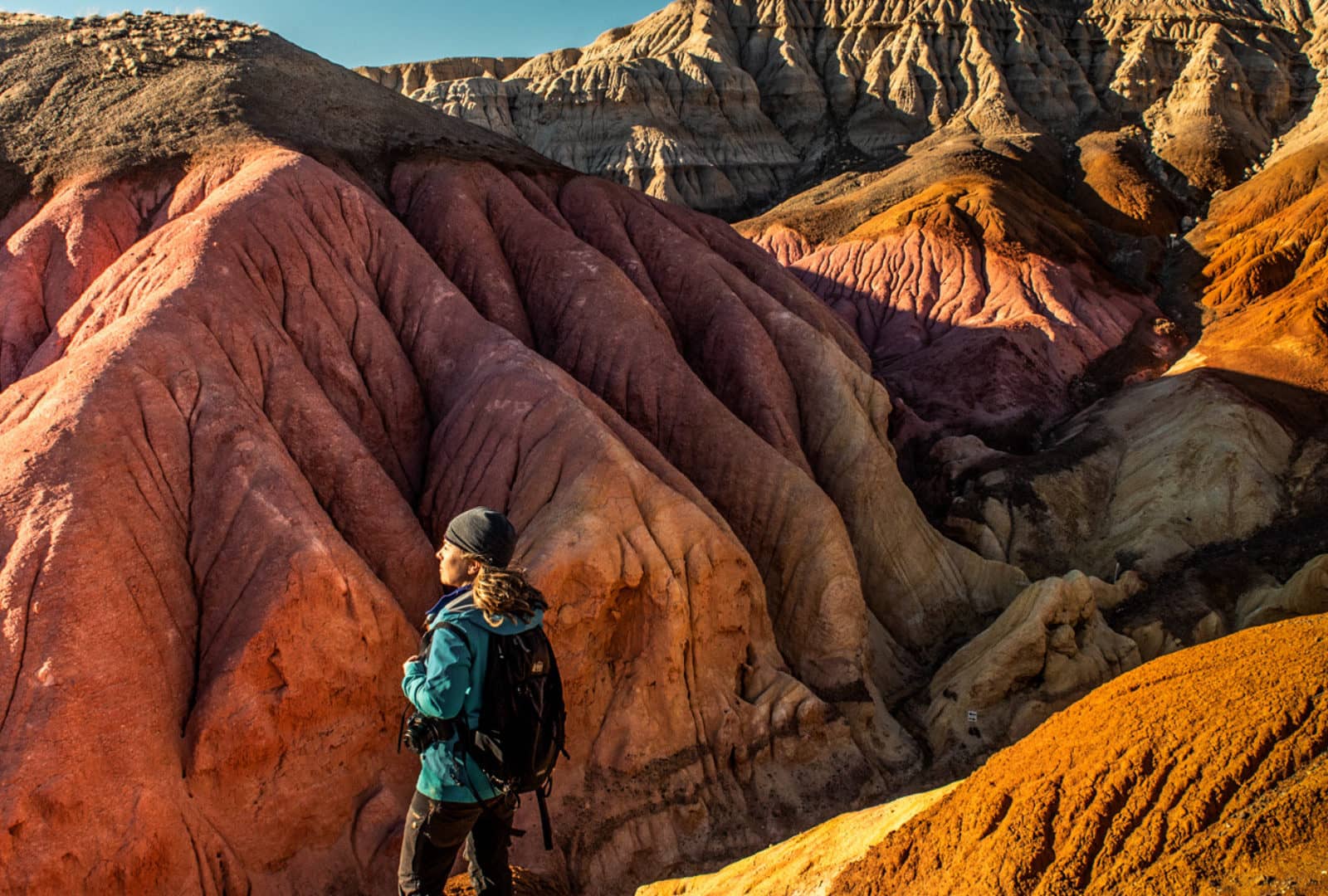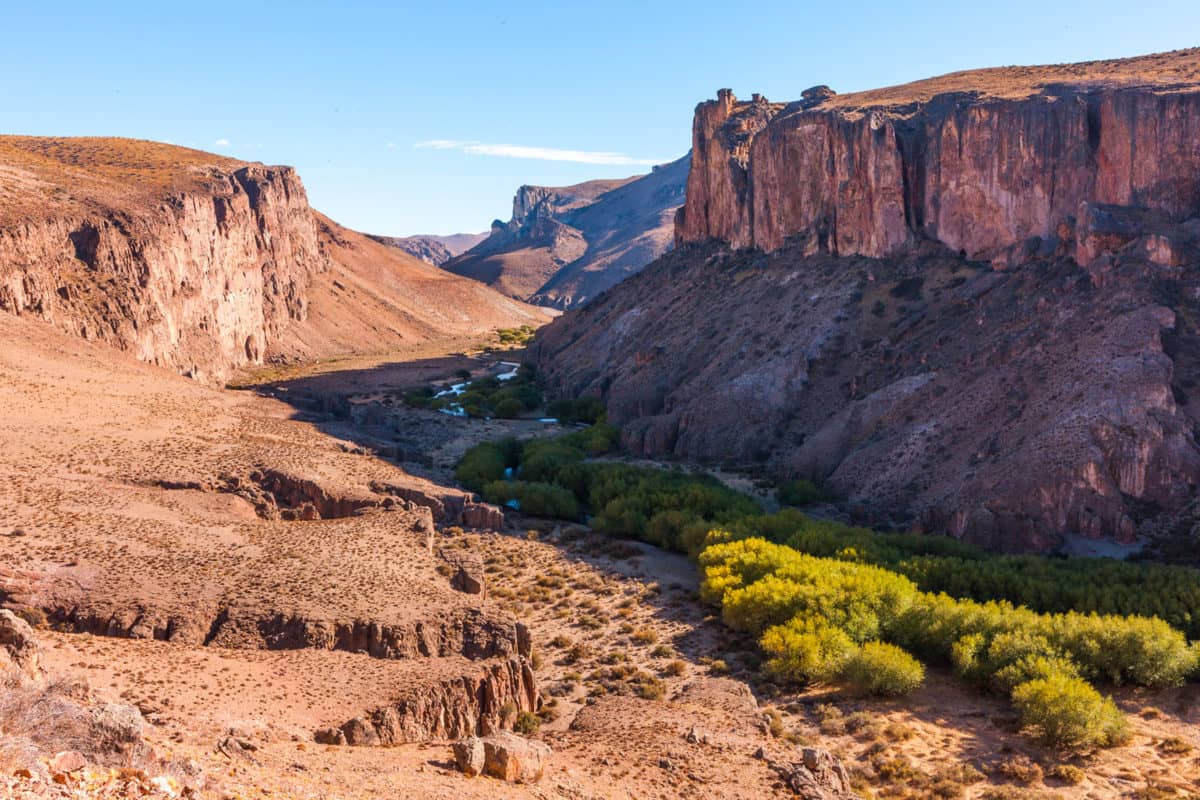What’s happening
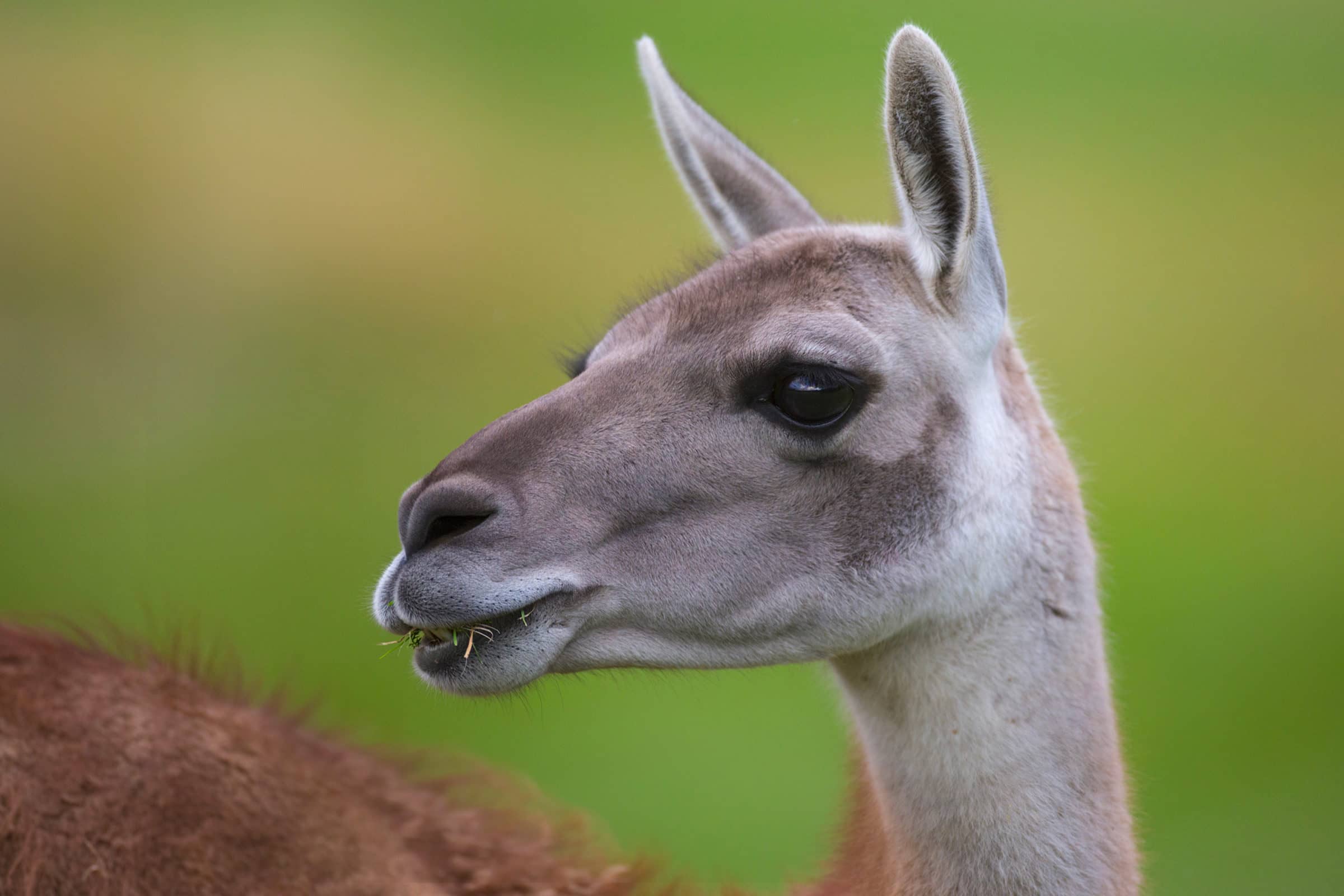
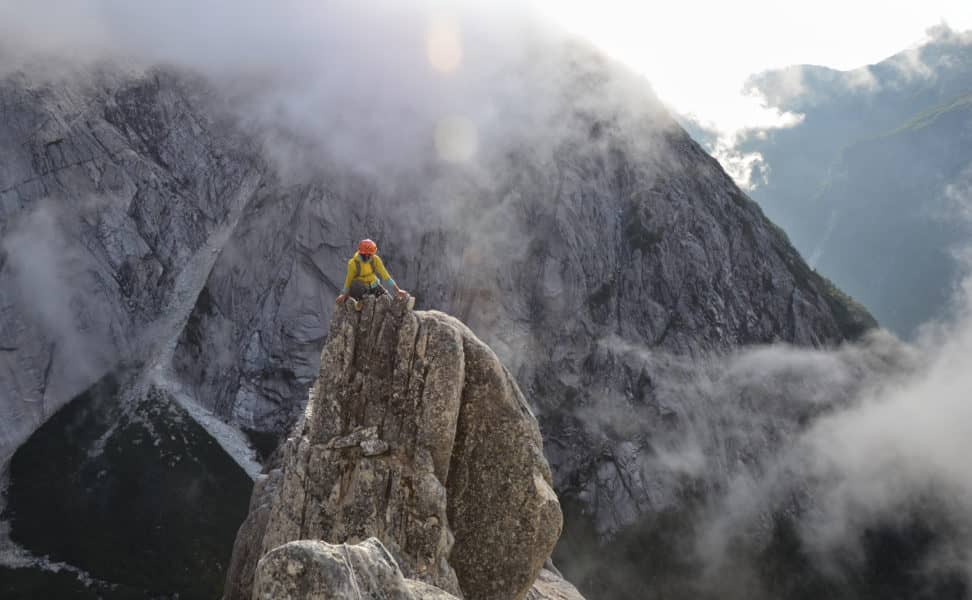
Conserva Puchegüín: Freyja joins forces to protect a key piece in Patagonia’s conservation puzzle
Together with local and international organizations, Freyja launches Conserva Puchegüín, a 7-year campaign to purchase and protect a massive private property in southern Chile.
Read more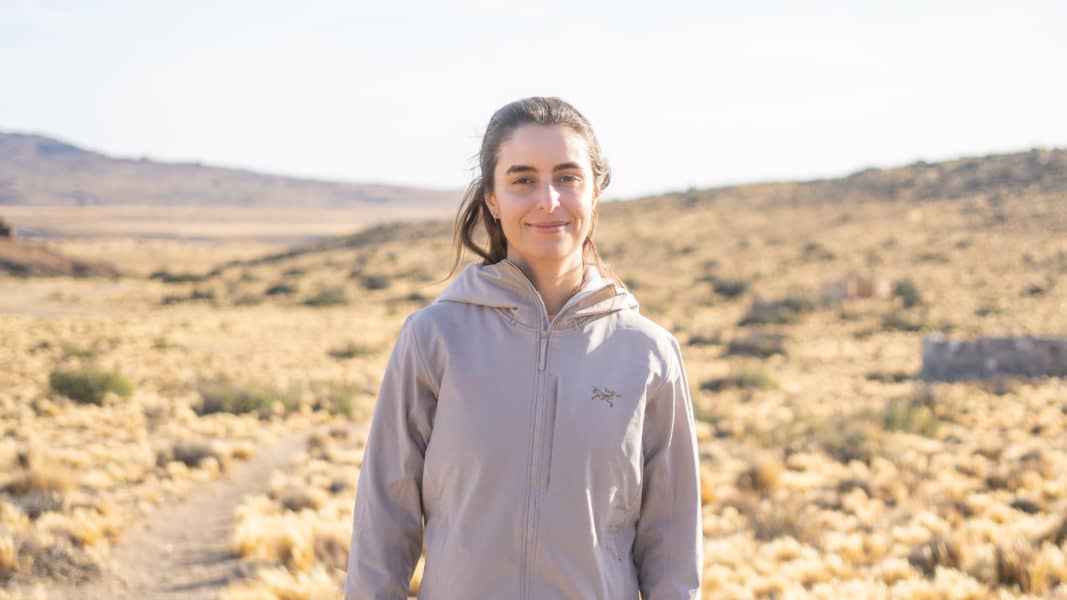
La Nación: The young heiress using her wealth to save the planet
After the death of her father – a powerful U.S. real estate developer – Anne Deane dedicated her wealth to conserve lands and oceans and protect biodiversity.
Read more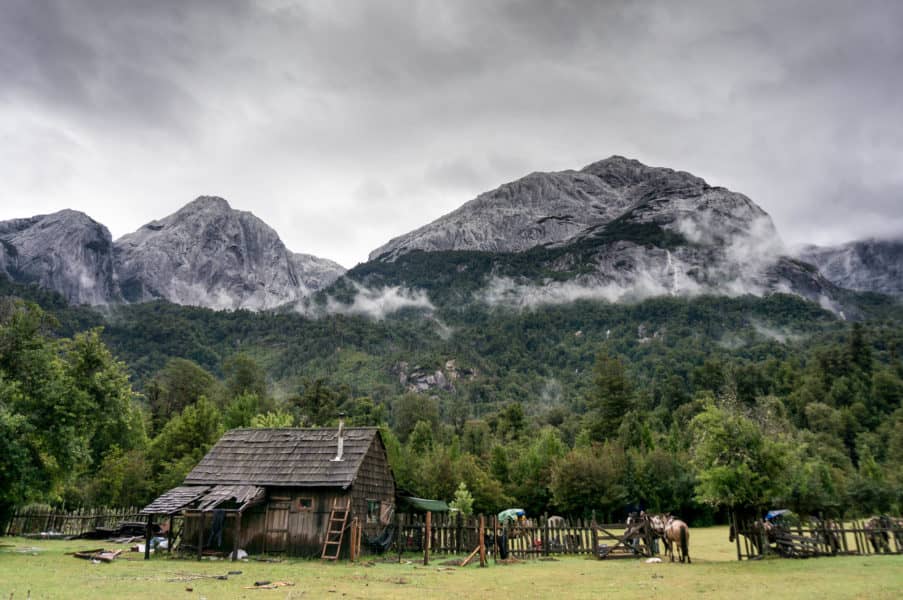
Patagon Journal: Cochamó Calling: Climbing, Conservation, and Community in Chile’s Puchegüín
Freyja’s Director of Philanthropy Brady Robinson recounts his 20-year journey of conservation, climbing, and community in the Cochamó Valley.
Read more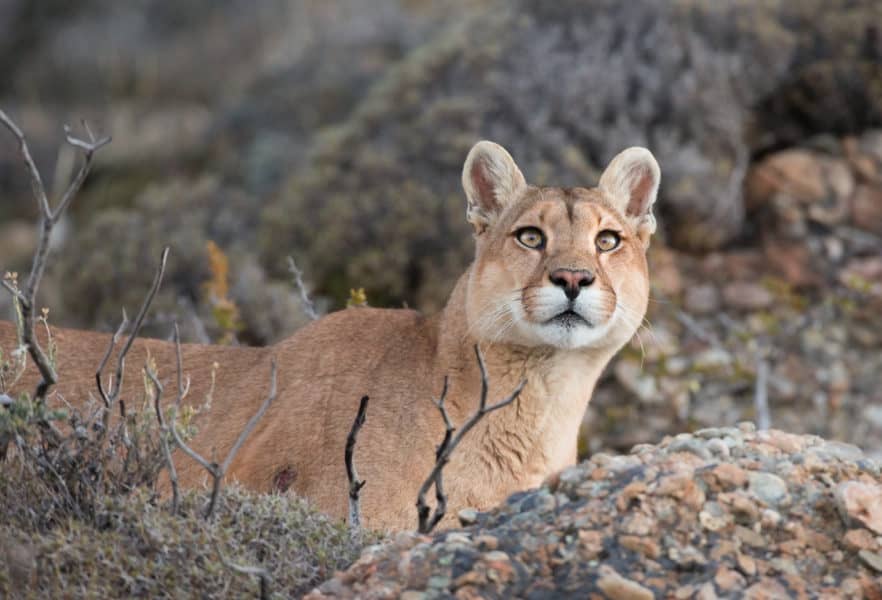
Crónica: Innovative technology reveals the mysteries of the life of Paloma, a Patagonian Park puma
Patagonia Park’s conservation team unravels the mysteries of the life of Paloma, an adult female puma, through innovative monitoring that is revolutionizing the conservation of this iconic species in the Patagonian steppe.
Read more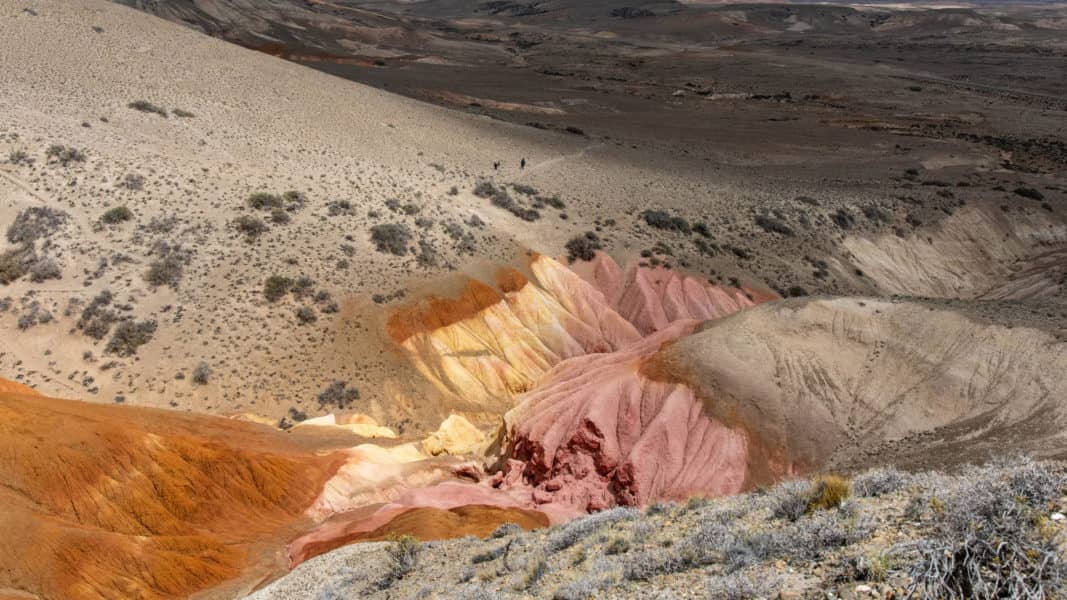
National Geographic: Inside the newest park in Argentine Patagonia
Patagonia Park promises plenty of outdoor adventures — and a chance to spot the elusive puma.
Read more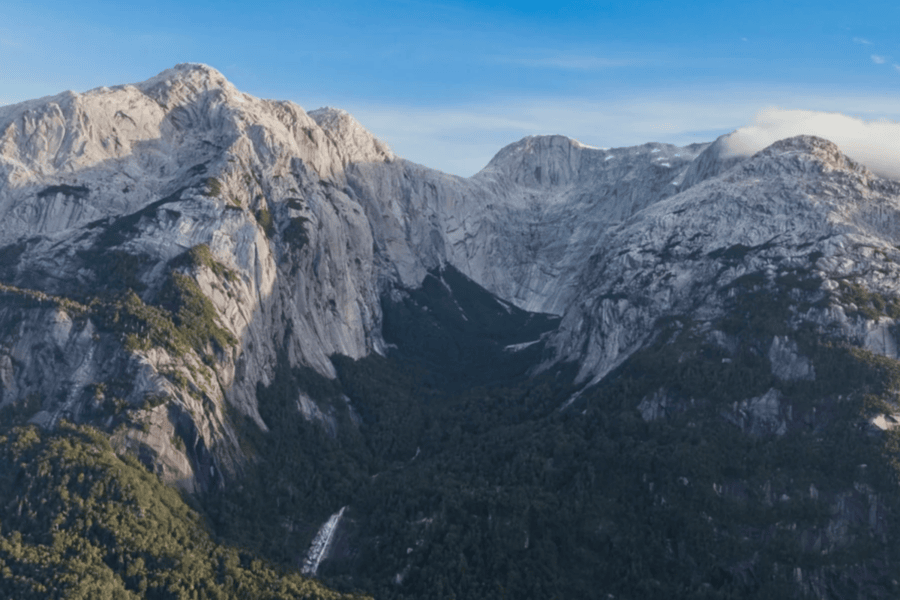
Climbing Magazine: Huge conservation victory in Cochamó!
After many months of negotiations, 309 hectares of critical land have been purchased by Freyja Foundation in southern Chile’s Cochamó Valley.
Read more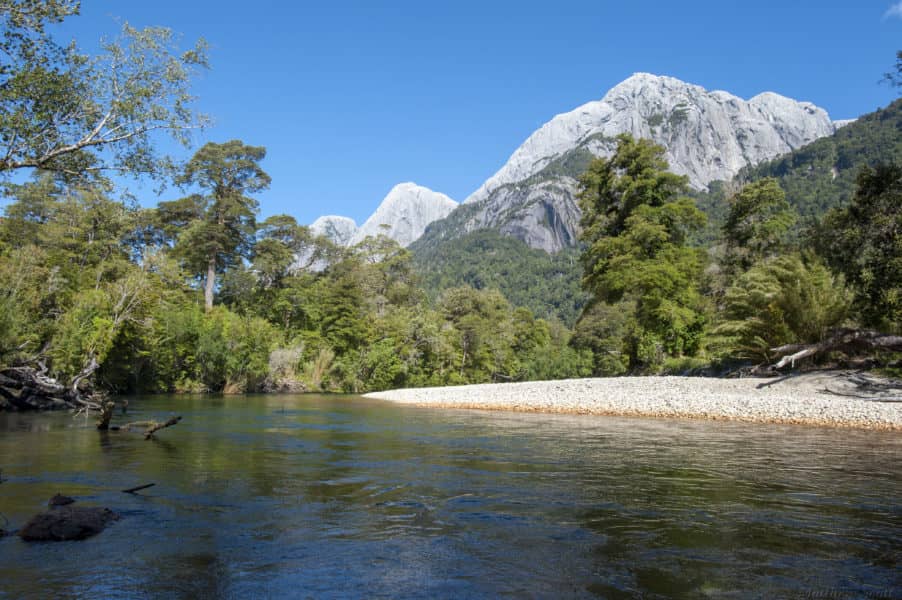
Major conservation victory in Chilean Patagonia
A major new conservation property has been purchased in southern Chile’s Cochamó Valley — often called “The Yosemite of South America” — courtesy of Freyja, Puelo Patagonia, and Organización Valle Cochamó.
Read more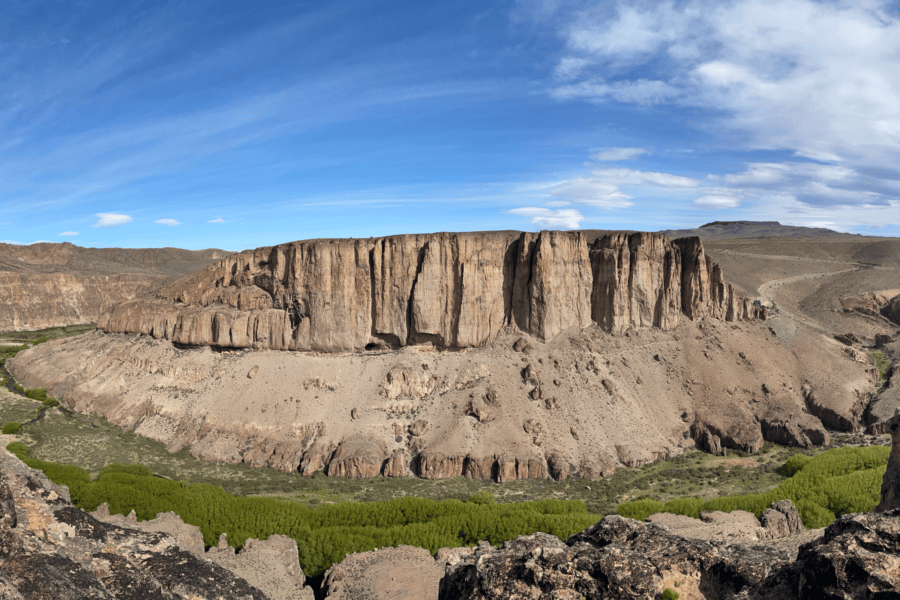
Wanderlust: The return of the wild in Argentina’s Patagonia Park
Locals in Argentina’s deep south are switching from ranching to eco-tourism as part of an effort to rewild Patagonia Park, the region’s newest reserve.
Read more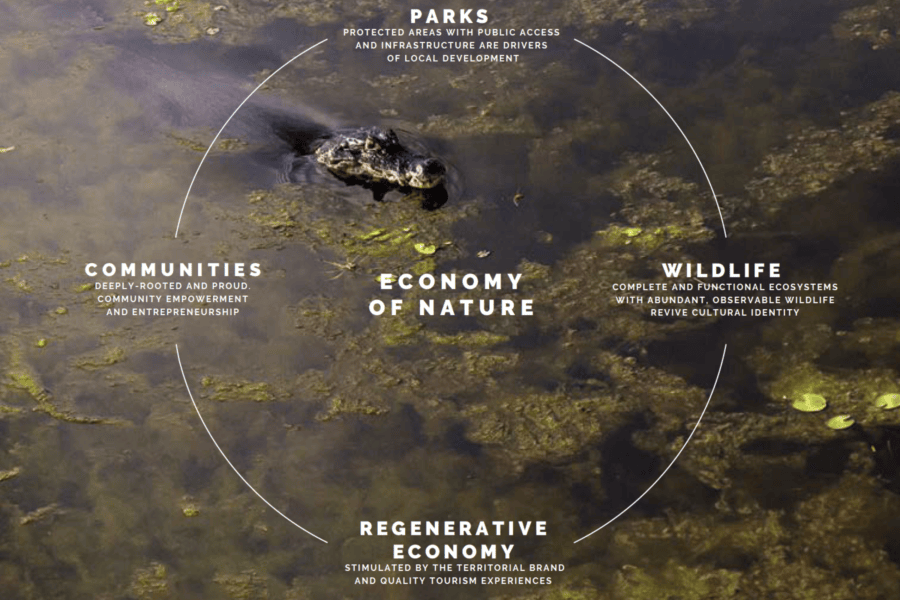
What is a nature-based economy?
The model for the economy of nature is built on four main components: parks, wildlife, a restorative economy, and the well-being of local communities.
Read more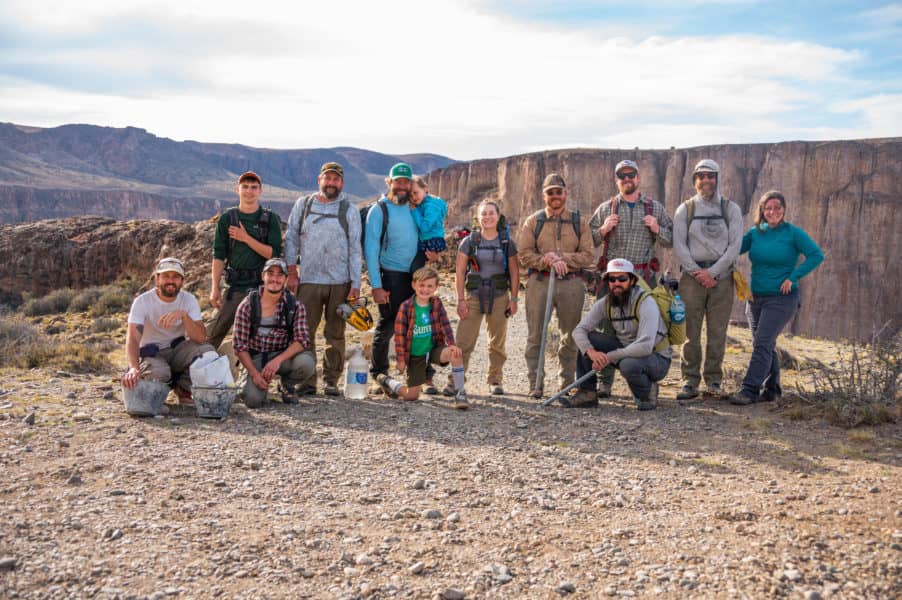
Public use infrastructure in Patagonia Park Argentina
Learn from our trail design team in Patagonia Park about what it takes to build infrastructure that is not only sustainable for generations to come, but also respectful of the environment.
Read more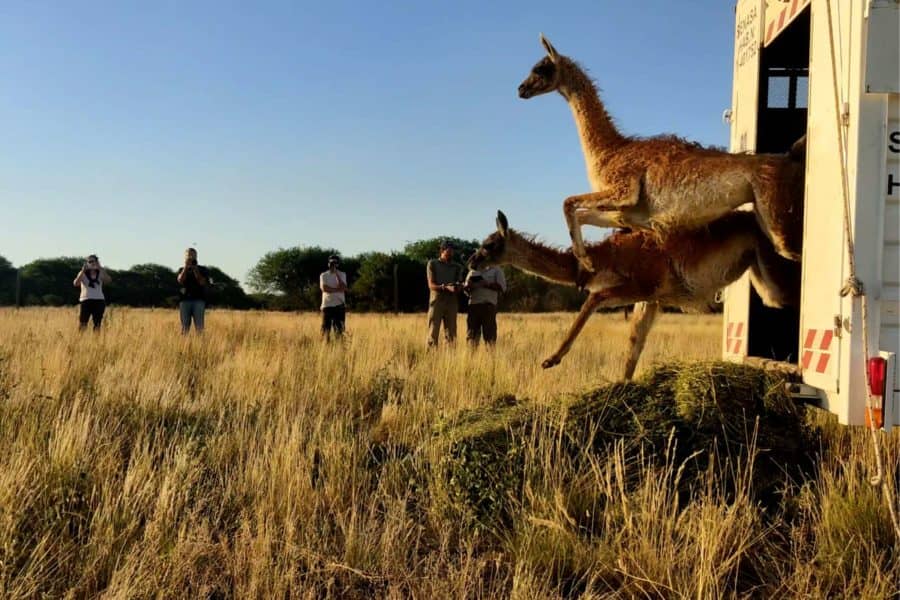
Guanacos translocated from Santa Cruz to La Pampa to recover their population
On a trip of 1600 kilometers, a group of wild guanacos were transferred from the province of Santa Cruz to the province of La Pampa, where the species is almost extinct.
Read more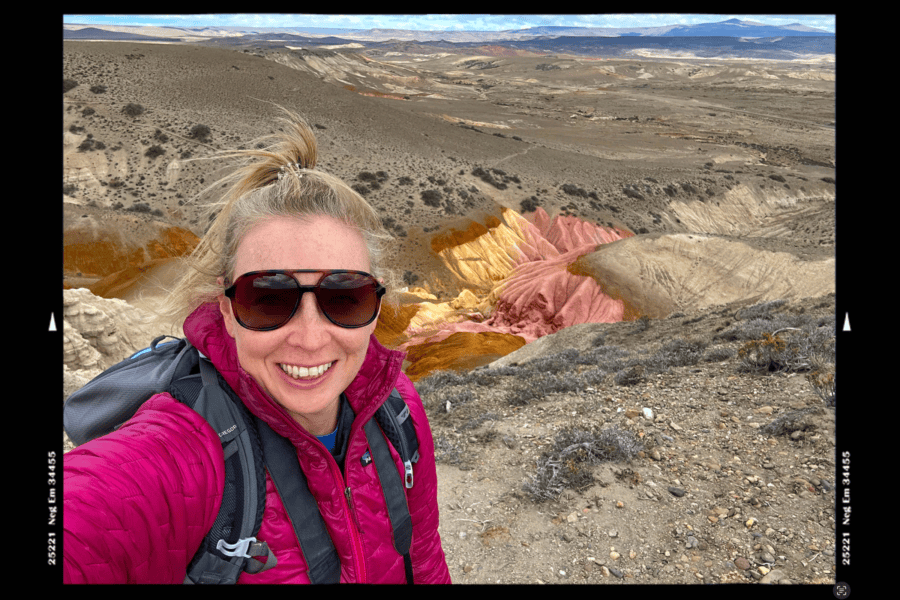
Lonely Planet: Postcard from Argentina: My hiking trip to Patagonia in photos
Trail-loving Lonely Planet senior editor Melissa Yeager recounts a spectacular hiking trip from a lesser-visited park in Argentine Patagonia.
Read more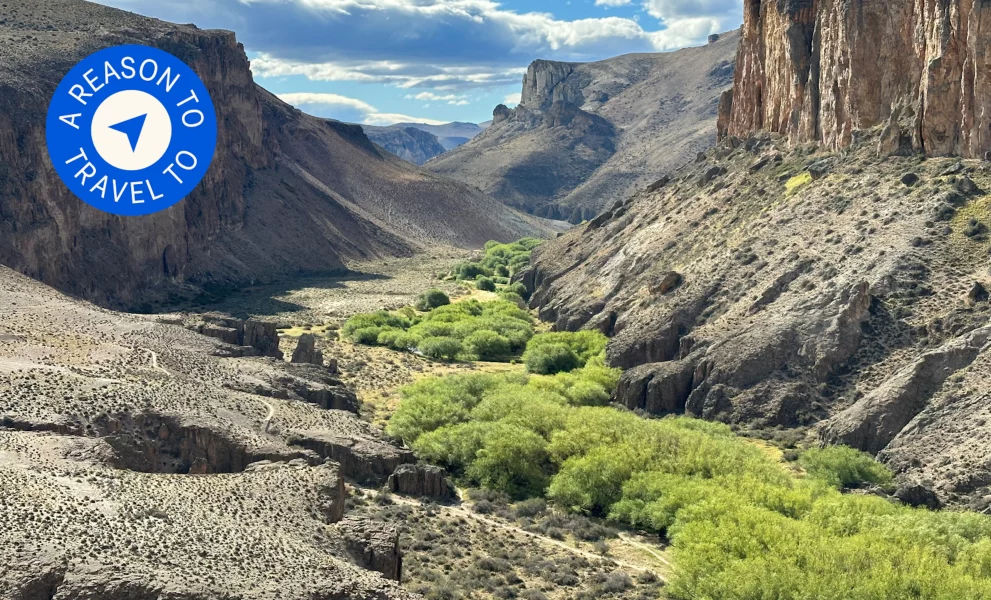
Lonely Planet: A massive rewilding project aims to put this under-visited part of Argentina’s Patagonia on the map
Lonely Planet reports on Patagonia Park, where travelers can see the massive – and exciting – rewilding effort taking place in this part of Patagonia.
Read more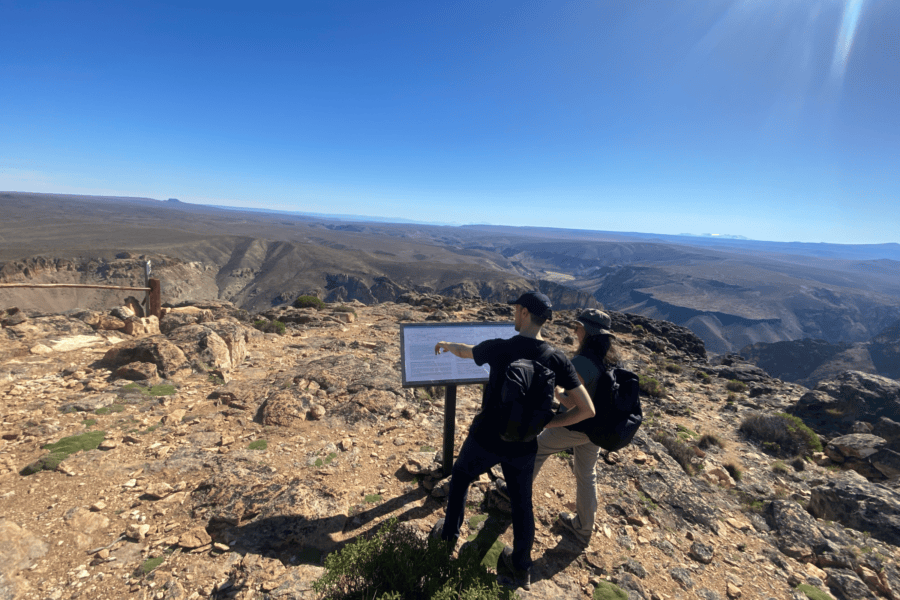
Travel Begins at 40: Witness the Wild in Patagonian Park Agentina
Travelers in pursuit of unique nature experiences are invited to witness the wild at Patagonia Park Argentina, where large-scale rewilding with brand new trails and facilities have transformed the park into South America’s ultimate outdoor and wildlife watching destination.
Read more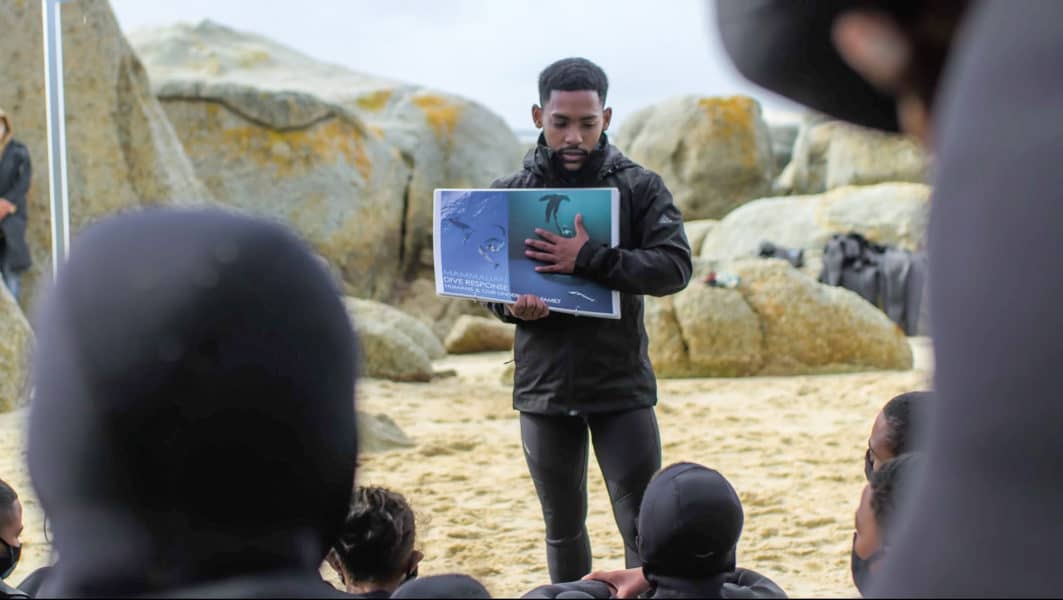
Earthrise Studio: Fighting Climate Change With Nature featuring I AM WATER
Earthrise Studio interviewed Marlin van Sensie – a lead coach of Freyja Foundation’s Ocean Conservation partner I AM WATER – as part of their Seat at the Table series.
Read more
Oceanographic Magazine: A journey from fear to love
Hanli Prinsloo, ocean conservationist and founder of Freyja’s grantee I AM WATER Foundation, shares her story of growing up in South Africa, becoming a free diving champion, and dedicating her life to educating and spreading the joy of oceans to South Africa’s most underserved youth.
Read more